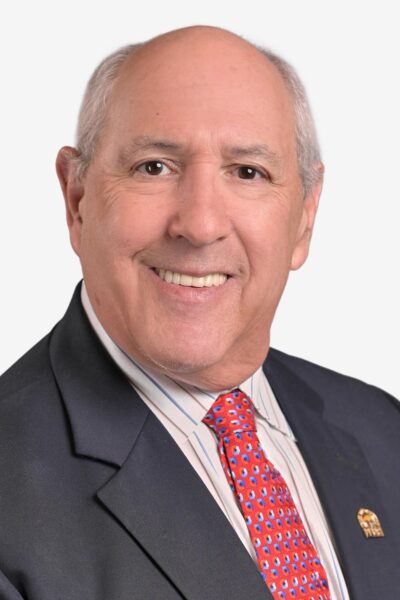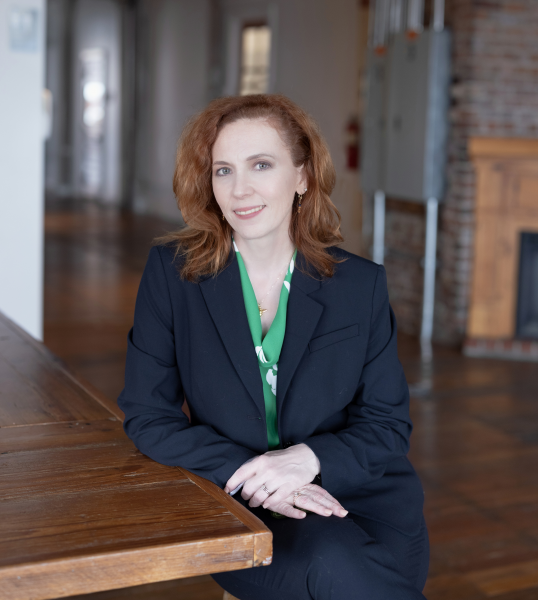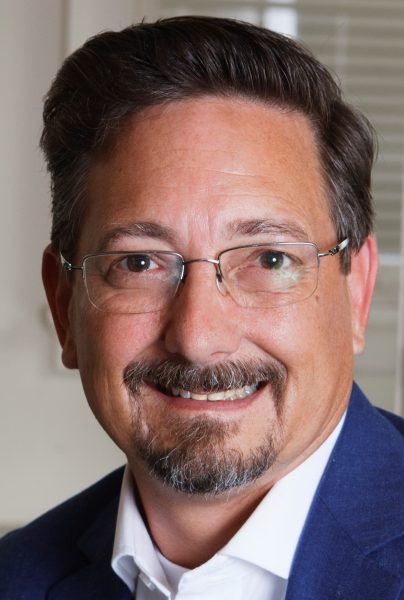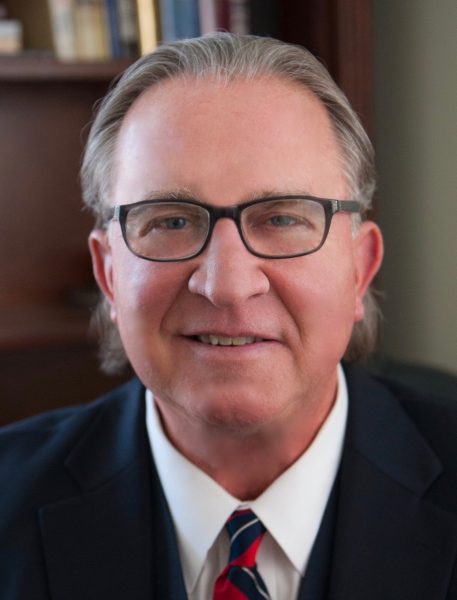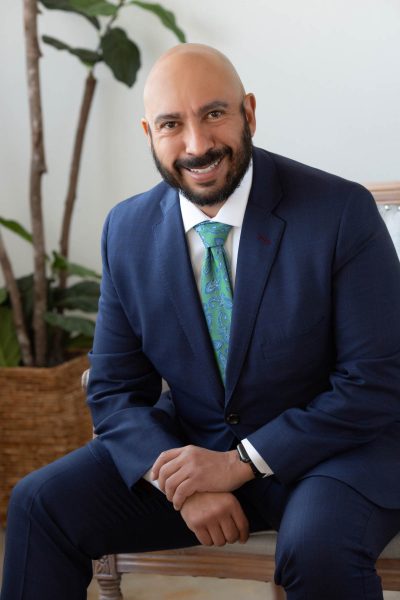Results For Articles or Consultants
Coverage - Claim Disputes - P&C
Mr. Bushnell is a Certified Public Accountant with over 20 years of experience providing Forensic Accounting services through national and global professional services firms. Know as the “numbers guy” his professional expertise covers Business Interruption Claims, Economic Damage Analysis, and Fraud Investigations. Mr. Bushnell has advised clients in mediation, arbitration and appraisal as a third…
Preparing business interruption claims takes thoughtful planning and insightful
analysis, clearly communicated to all of the parties involved in the claims process. One
of the most important factors is the breadth and depth of analyzing relevant financial
information related to interrupted business operations. Although this may seem like an
intuitive step, there is often a gap between the internally prepared financial information
and the analysis to determine lost profits. Application of due diligence results in a
smooth claim process, quicker payment from the insurer and a fair and equitable
recovery.
“Diminishing limits policies create a host of potential problems for insurance company claim departments. As is well known the insurance industry has long been plagued with “nuisance” claims. While in some instances insurance companies make quick settlements of nuisance claims to avoid defense cost expenditures, in others, insurers will attempt to resist such claims to avoid setting a precedent, thereby sending a message to the plaintiff’s bar that nuisance claims will not be honored. Considering that defense costs are deducted from the policy’s aggregate limits, either course of action places an insurance company in a difficult position. … “

